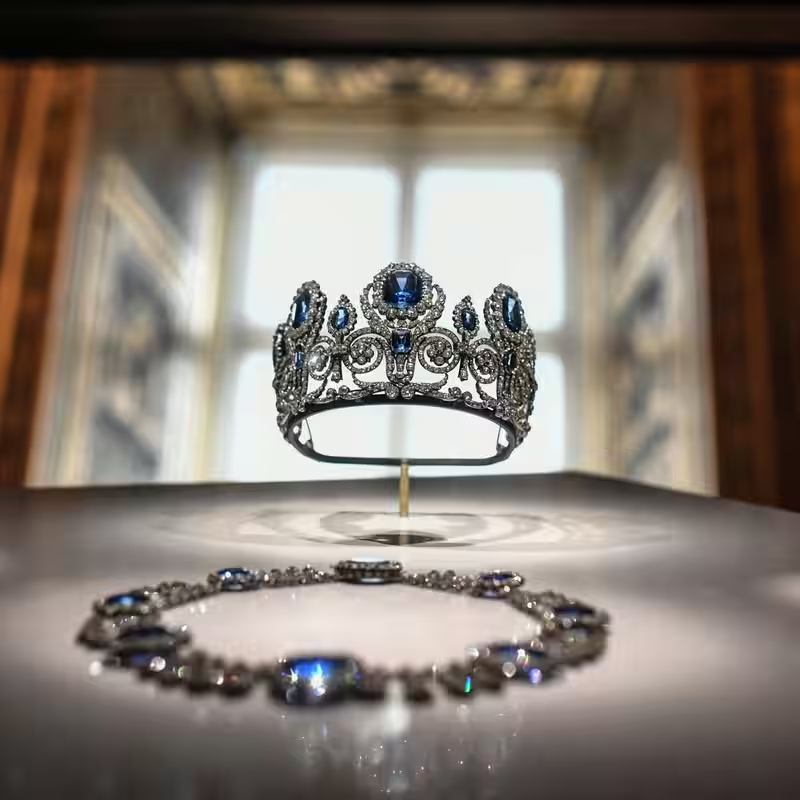Louvre Heist: A New Era of Museum Crime
In a brazen early-morning raid on Sunday, October 19, 2025, thieves targeted one of the world’s most iconic cultural institutions—the Louvre Museum in Paris. But this wasn’t your typical art heist. Instead of snatching Van Gogh or da Vinci, the culprits went straight for glittering tiaras, necklaces, and gemstones.
Why Gems Over Masterpieces?
According to art crime specialists, the motive wasn’t fame or notoriety—it was cold, hard cash. The stolen items, including Queen Hortense’s tiara adorned with 24 Ceylon sapphires and over 1,000 diamonds, are prime candidates for dismantling and resale. Unlike famous paintings, individual gemstones can be recut, reset, and sold without trace.
“This wasn’t art crime,” said Vernon Rapley, former head of London’s art crime unit. “It was commodity theft.”
What Was Taken—and What Was Left Behind
The thieves made off with several high-value jewelry pieces but abandoned an attempt to steal Empress Eugénie’s crown—complete with 2,490 diamonds and 56 emeralds—after museum guards interrupted the break-in.
Notably absent from their loot list: the Louvre’s famed Regent and Sancy diamonds. Experts speculate these iconic stones are too recognizable, even after recutting.
Europe’s Rising Trend: Commodity-Focused Heists
This robbery fits a troubling pattern across Europe:
- 2017: A €3.75 million gold coin stolen from Berlin’s Bode Museum
- 2019: Over €100 million in jewels taken from Dresden’s Green Vault
- 2022: 483 ancient gold coins stolen in southern Germany
- September 2025: Gold nuggets worth $700,000 lifted from Paris’s National Museum of Natural History
Even Britain hasn’t been spared—remember the 18-karat gold toilet stolen from Blenheim Palace in 2019? It’s still missing.
Where Do Stolen Gems End Up?
Historically, Antwerp has been the go-to hub for fencing stolen diamonds. But with the EU’s open borders, experts like Dick Ellis say today’s thieves have far more options. Pieter Bombeke, a diamond cutter in Antwerp, believes the Louvre gems will likely be smuggled out of Europe for recutting in less-regulated markets.
Skepticism in the Jewelry World
Not everyone buys the “commodity theft” theory. Joanna Hardy, a Sotheby’s jewelry specialist who once auctioned one of the stolen pieces, questions the logic: “Why steal small diamonds for recutting when the market is flooded with them? Unless you’re really, really stupid.”
Museums Walk a Tightrope
James Ratcliffe of the Art Loss Register notes the impossible balance museums face: “You could prevent thefts by bricking up windows—but no one wants a museum to feel like a bank vault.”
French lawmakers are now scrutinizing the Louvre’s security protocols. But Dutch art crime investigator Arthur Brand warns: “If the Louvre isn’t safe, no museum is.”
What’s Next?
Authorities are working with international databases like the Art Loss Register to track the stolen items. Meanwhile, museums across Europe are quietly reviewing their display cases, alarms, and patrol schedules.




